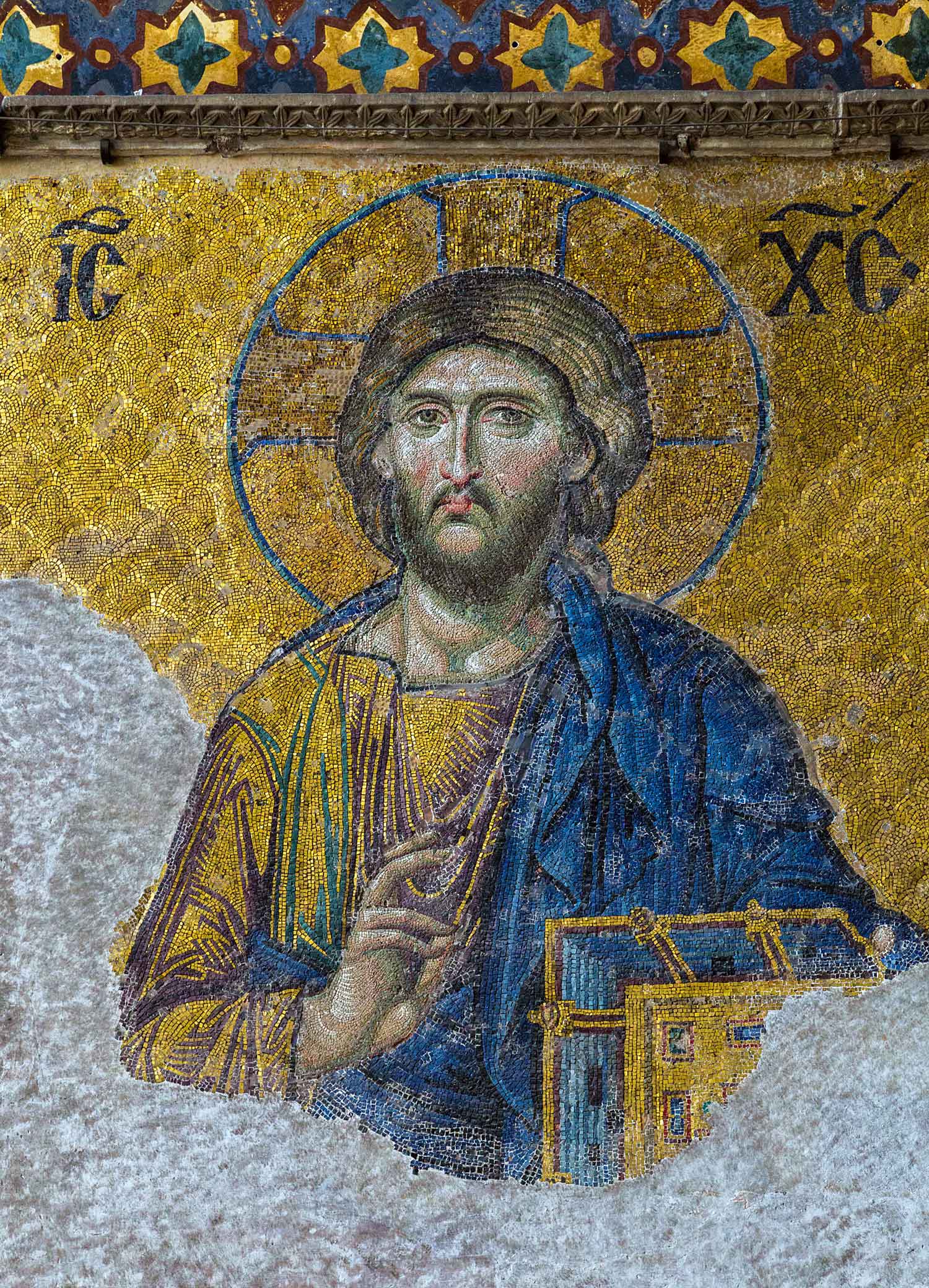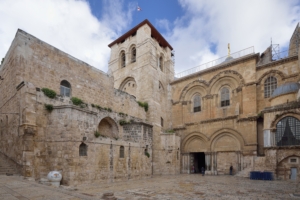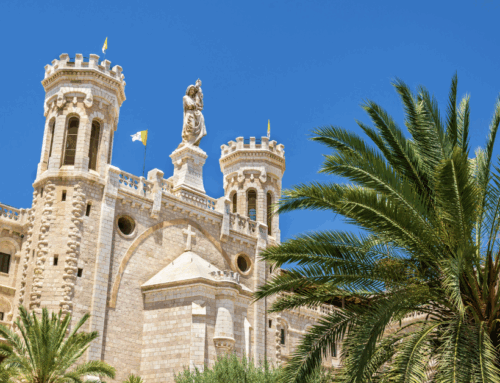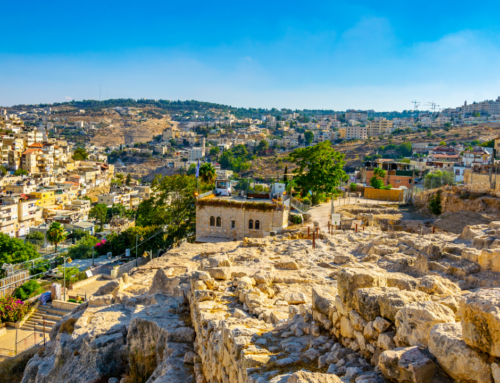Unveiling the Byzantine Secrets Hidden in Israel
While the Byzantine Era in the Bible may not hold the same immediate significance as the periods of David, Solomon, or Jesus, it should not be underestimated for its pivotal role in the history of Israel and Christianity. Spanning from the 4th to the 7th century AD, this era witnessed transformative changes that influenced the religious and cultural landscape of the Holy Land.
The Role of Byzantines in Israel during the Byzantine Era
The Byzantine empire in Israel was established by Constantine I, setting the groundwork for Christianity during the Byzantine Era in the region. The adoption of Christianity as the state religion had a profound impact on the Holy Land, influencing not only religious practices but also shaping the political and social structures of the time. This adoption had profound implications for the Holy Land. The Byzantines actively promoted Christian practices, leading to the construction of churches, monasteries, and pilgrimage sites across Israel.
Jerusalem under Byzantine Rule: The Christian Center
Under Byzantine rule, Jerusalem emerged as a central hub of Christian influence. The city became a destination for pilgrims from across the empire, contributing to its status as a revered Christian center. The Byzantines invested in the beautification of Jerusalem, leaving an architectural and cultural imprint that can still be observed in certain structures and traditions today.
Constantine: The Establisher of Christianity in the Byzantine Empire
Constantine made the capital Constantinople (not Rome), which is modern day Istanbul, Turkey and it was considered a “New Rome” after the fall of the Roman Empire. Constantine’s proclamation of Christianity as the primary religion of the empire was quite surprising, given that, at the time, it was a relatively obscure Jewish sect. During this time, Constantine’s mother, Helena, went on a pilgrimage to Jerusalem and identified many of the sites still visited and acknowledged as the locations of Biblical stories of Christ today.
Exploring Byzantine Sites in Israel: A Journey Through Byzantine Era Historical Locations
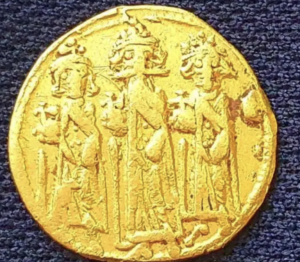
Byzantine Gold Coin
(Photo: Amir Gorzalczany, Israel Antiquities Authority)
The Byzantine Church in Gethsemane: Witness of the Byzantine Era in Israel
One more recently discovered site in the are of Gethsemane was a church discovered from the end of the Byzantine era. This Byzantine site, a church in Gethsemane, further bore the stamp of the era with the presence of a Second Temple period mikveh”.
This mikveh then would have been there at the time of Jesus. The law said that if you were making wine or oil you should purify yourself first. This mikveh is the first thing from the time of Jesus ever found in the area, helping to prove the area was important at the time.
The church floor has inscription written in greek that say “For the memory and repose of the lovers of Christ (cross) God who has received the sacrifice of Abraham, accept the offering of your servants and give them remission of sins. (cross) Amen’.”
Understanding the Byzantine Era: The Byzantine Wine Press and Coin in Israel
In Ramat Ha-Sharon, a city just outside Tel Aviv, archaeologists uncovered signs of agricultural-industrial practices dating back approximately 1,500 years ago during the Byzantine period. Among the findings were a large winepress with a mosaic, along with plastered installations and the remains of a structure that could have served as a warehouse or even a farmstead.
Unveiling the Byzantine Era through Artifacts: The Byzantine Gold Coin
Within the structures and installations, numerous fragments of storage jars and cooking pots, clearly used by workers tending to the fields in this area, were discovered. Additionally, stone mortars and millstones, used for grinding wheat and barley, and likely for crushing herbs and medicinal plants, were recovered. Interestingly, a majority of the stone implements are crafted from basalt sourced from the Golan Heights and Galilee.
The discovery of the excavation displayed signs of Christianity’s impact in the area during the Byzantine period. This discovery was gold coin, minted around 638 or 639 AD during the reign of the Byzantine emperor Heraclius. On one side of the coin, the emperor is depicted, while an image of Golgotha is featured on the other side. The coin bears an inscription in Greek, and possibly Arabic, which likely represents the name of the owner who esteemed it as highly valuable.
Another uncommon discovery includes a bronze chain that would have been used to hold a chandelier containing glass lamps. These chandeliers were commonly used in churches during that era.
The Byzantine-Influenced Church of the Holy Sepulchre: Constantine and Christianity in the Byzantine Era
The Role of Helena in the Identification of Biblical Sites in the Byzantine Era
Emerging from the Byzantine Era is the Church of the Holy Sepulchre, a significant monument born out of the relentless efforts of Helena, mother of Constantine.
Her pilgrimage to the Holy Land, particularly Jerusalem, was marked by a desire to identify and commemorate significant sites associated with the life of Jesus Christ. Tradition holds that through divine guidance, Helena identified the location of Jesus’ crucifixion and burial, which would become the Church of the Holy Sepulchre.
Church of the Holy Sepulchre: The Crucifixion and Burial Site of Jesus During the Byzantine Era
The Church of the Holy Sepulchre, the site of Jesus’ crucifixion and burial, stands as a remarkable testament to Byzantine influence in the region. These structures not only served as places of worship but also as focal points for Christian pilgrimage. The church has faced destruction and reconstruction several times in its history. Although the present structure you will visit is not, for the majority, the original, the actual tomb underwent recent opening and carbon dating. The dating aligned seamlessly with the account of the initial sealing of the area, a match that surprised some observers.
The enduring legacy of this church reflects the profound influence of the Byzantine Era on the religious and cultural fabric of the Holy Land, highlighting the convergence of faith, history, and architecture in one of the holiest sites for Christians around the globe.
The Church of the Nativity: An Imprint of Byzantine Era in Israel
Another historical Byzantine site breathing life into the tales of the era in Israel is the Church of the Nativity, also an outcome of Helena’s pilgrimage to the Holy Land. The church was first constructed in the 4th century but was destroyed and subsequently reconstructed in the 7th century under the guidance of Byzantine Emperor Justinian. Therefore, while this building may not be the original, it still stands as a structure from the Byzantine era.
We hope you will join us soon for a tour of every era of Israel’s history very soon! Contact one of our helpful tour operators for your risk-free proposal!

